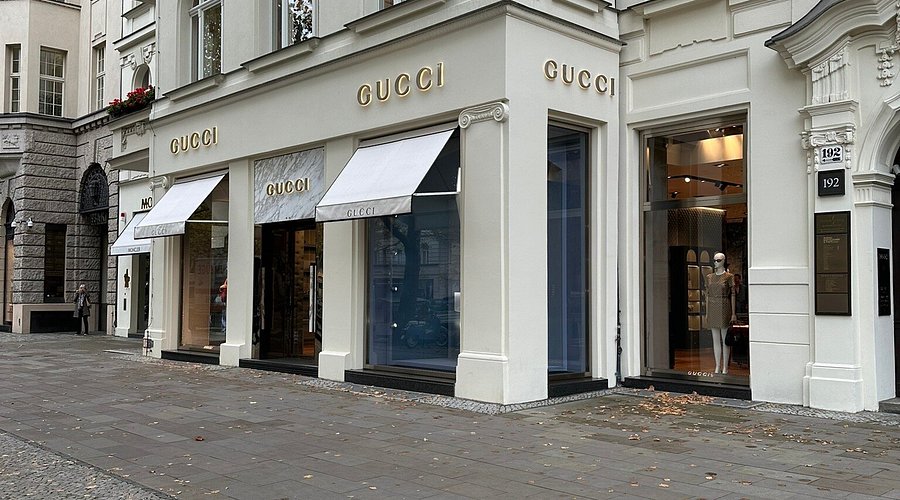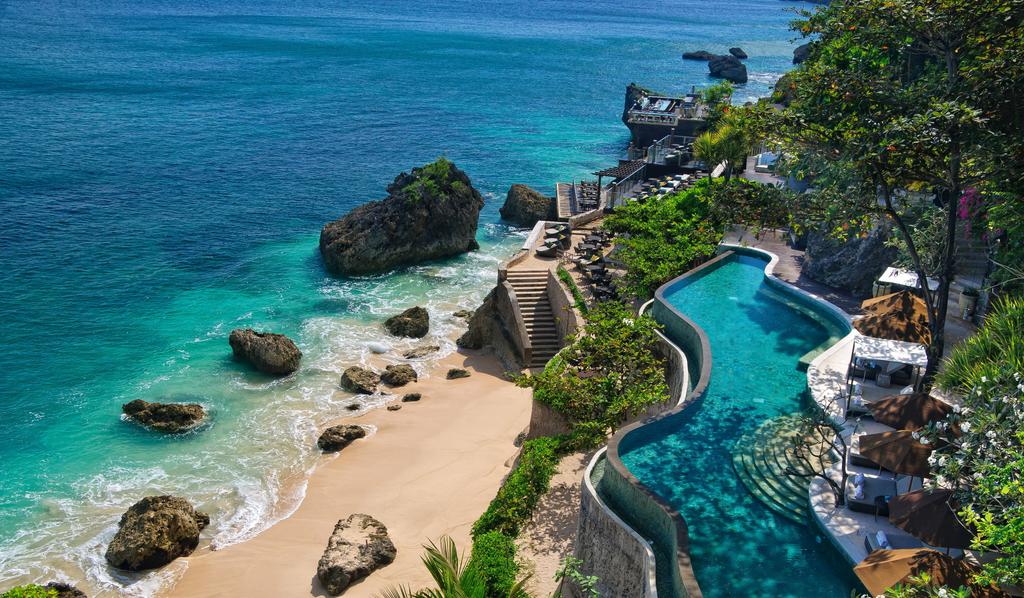Wealth Migration Shapes Cities as Affluent Families Build Parallel Economies
By
John Carter
Last updated:
October 1, 2025
First Published:
October 1, 2025

Photo: News24
The global flow of wealth
Across the world, cities are being reshaped not only by industries and governments but also by the migration of wealthy families. From New York to Dubai and Singapore to Lisbon, the affluent are settling in new destinations, bringing with them investment, culture, and influence that create entire micro-economies within cities.
Why the wealthy are on the move
This migration is driven by a mix of factors. Political stability, favorable tax structures, safety, and quality of life are at the top of the list. Families with immense fortunes are no longer bound to their place of origin. They move to cities that protect their assets, educate their children in global schools, and provide the lifestyle they desire with discretion.
The rise of parallel economies
As wealthy families arrive, they create demand for a different layer of urban life. Exclusive schools, private healthcare systems, luxury retail, and discreet banking services rise to cater specifically to them. Over time, this builds a parallel economy that operates alongside the broader city but is accessible only to a select few.
Impact on local communities
While their presence often brings investment and new opportunities, it can also widen gaps. Luxury developments push real estate prices higher, often displacing local populations. Restaurants, boutiques, and even cultural spaces adjust their offerings to suit wealthy clientele, sometimes at the cost of local traditions. This dual reality creates cities that operate on two tracks: one for the elite and one for everyone else.
Cities competing for wealth
Governments recognize the power of wealthy migration. Some actively court the affluent through residency programs, tax incentives, and special visas. Dubai, for example, has become a magnet for the ultra wealthy by combining luxury living with favorable economic policies. Other cities are following suit, hoping to attract similar capital flows.
Education and the next generation
One of the strongest drivers of wealthy migration is education. Families relocate to ensure their children attend top international schools and universities, often in cities with strong cultural and intellectual ecosystems. These institutions benefit from the influx, gaining resources and prestige, further cementing the parallel economy around them.
Cultural enclaves of affluence
Over time, clusters of wealthy families transform neighborhoods into cultural enclaves. From art districts to private members’ clubs, these areas become synonymous with wealth and exclusivity. They act as hubs of influence where decisions are made that ripple far beyond the city’s borders.
Technology as a bridge and barrier
Wealthy migrants bring with them advanced technologies in security, finance, and mobility. This often enhances city infrastructure but also deepens divides. Private transport networks, AI-driven healthcare systems, and luxury smart homes create an environment where the wealthy live in a world technologically ahead of the average citizen.
Reshaping the identity of cities
As affluent families settle, cities begin to adopt a new identity. Lisbon, once seen as a cultural but modest European capital, is now viewed as a rising hub for global wealth. Singapore has become synonymous with financial power. These shifts redefine how cities are perceived internationally, often positioning them as centers of influence rather than mere places of residence.
The future of wealth-driven urban growth
Wealth migration shows no sign of slowing. As families continue to move strategically, cities will be forced to adapt, building infrastructures that either integrate or further separate these parallel economies. For the global elite, the city becomes more than a home—it becomes a stage where their wealth builds ecosystems that shape the urban future.
Subscribe to unlock premium content
Sed at tellus, pharetra lacus, aenean risus non nisl ultricies commodo diam aliquet arcu enim eu leo porttitor habitasse adipiscing porttitor varius ultricies facilisis viverra lacus neque.
A comprehensive guide on Agile development

10 Productivity tools that are worth checking out

Top 7 Must have management tools for productivity

A comprehensive guide on Agile development

10 Productivity tools that are worth checking out

A comprehensive guide on Agile development








.png)
